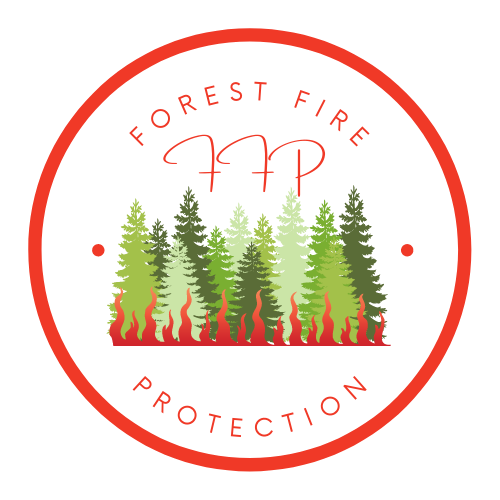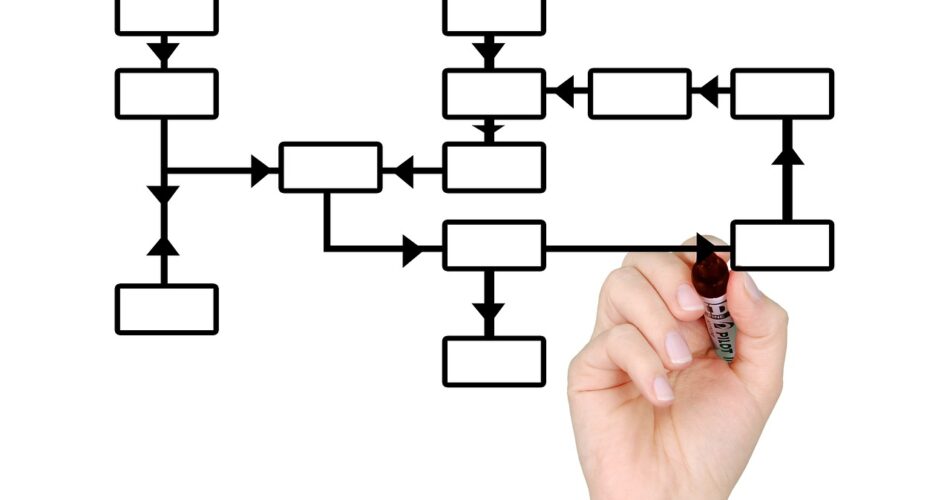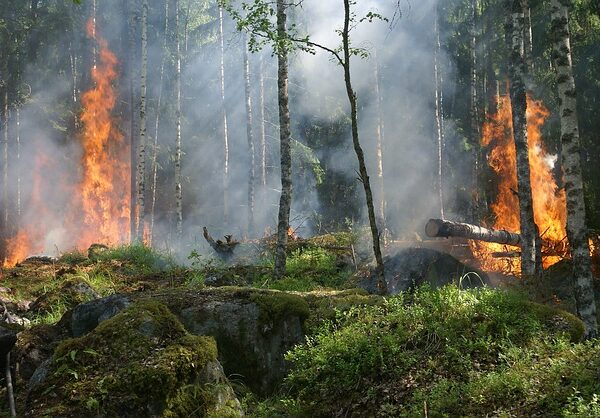In the current “Forest Fire Executive Summary” post, we present the Training Framework for the FFP project. L4Y Learning For Youth GmbH is the German coordinator. The BOSEV (Turkey), KMOP (Greece), SPEL (Portugal), OVAR-Forma (Portugal), Cesie (Italy), Growth-Coop (Spain), and Citizens in Power (Cyprus) are partners of the project.
You can download the full report of R1 – FFP Training Framework here. Alternatively, you access the Executive Summary here. The blog post of the full report is here.
Also, you can reach the Executive Summary in German, Turkish, Italian, Greek, Portuguese, Spanish and Bahasa Indonesia.
Table of Content

European Commission’s support for the production of this content does not constitute an endorsement of the contents, which reflect the views only of the authors, and the Commission cannot be held responsible for any use which may be made of the information contained therein.
Erasmus+
Executive Summary of Forest Fire Training Framework
The significant impacts of the Forest Fire Protection Project (2021-1-DE02-KA220-ADU-000028430) are the preservation of the environment and the social inclusion of rural communities by promoting their readiness and resilience against forest fires. For this purpose, partners will develop a training module on “Fire prevention and self-protection against forest fire”. Also, partners will offer the training to adult rural communities face-to-face and virtually (through an online platform).
The partnership developed the Result 1 (R1) – FFP Training Framework over nine months and comprised of the following activities: the creation of an external group of experts, benchmarking on the good practices of training the rural populations on forest fire prevention and self-protection when facing forest fires; interviews with people in rural areas; interviews with professionals on civil protection and forest fire; definition of the preliminary module structure; round table with an external group of experts to discuss the module structure; and Report: ForestFireProtection training framework.
The methodology used by the partners was:
– Firstly, we invited a potential group of experts on civil protection, regional authorities and education to give feedback in a later phase of the project;
– secondly, they did benchmark research on good practices worldwide and covered different Erasmus+ projects;
– thirdly, they conduct 196 interviews with people from rural areas and professionals on civil protection and forest fire;
– fourthly, they conclude the previous activities that allowed them to build off a preliminary module structure;
– finally, the group of experts provided feedback on the module structure, and partners made changes accordingly to create a final version of the module structure.
In conclusion, the activities developed and data collected during Result 1 (R1) – FFP Training Framework enabled the partnership to build the structure of the training module “Fire prevention and self-protection against forest fire.”
Training Framework
| Unit | Content | Learning Outcomes | Timeframe |
| 1. Introduction to forest fire | 1.1 Definition of forest fire 1.2 Impact on the environment 1.3 Causes of ignition 1.3.1 Fire Triangle 1.3.2 Natural activity 1.3.3 Human activity 1.4 Fire classification 1.5 Managing forests and forest fires | • Understand the concept of a forest fire; • Recognise the impact of forest fire on the environment; • Recognise the presence of fire hazards and familiar ignition sources; • Identify the types of fire and how they are spread. | 5h |
| 2. Forest fire prevention | 2.1 Staying Informed 2.2 Valuing forests 2.3 Preventive measures 2.3.1 General 2.3.2 When in forests 2.3.3 Equipment 2.4 Fire safety zone | • Understand the importance of being aware of the local law regarding for- est fires; • Understand the ecological level of natural areas and the environmental importance of forests; • Be aware of preventive forest fire measures; • Identify different types of fire prevention equipment and know when to use them; • Identify the main steps to create a fire safety zone | 5h |
| 3. Self-protection against forest fire | 3.1 Escape Plan 3.2 Responding to a forest fire – what to do when: 3.2.1 It approaches the area of residence 3.2.2 Confined at home 3.2.3 Outside 3.3 Emergency kit | • Identify the main steps to create an escape plan and how to proceed during an evacuation; • Understand general procedures on how to respond to a forest fire in different situations and locations; • Understand the importance of the items that are part of an emergency kit | 6h |
Forest Fire Executive Summary: Conclusion
This report presents an overview of the activities developed by the Forest Fire Protection project partnership during Result 1 – FFP Training Framework.
Also, the implementation of the different activities described in this report laid the foundations for creating a training module and training materials aimed at providing knowledge about forest fire prevention and self-protection against forest fires.
The recommendations and opinions of the experts involved during the project were considered to create a final training structure that met the quality and expectations of the project’s beneficiaries. Furthermore, by involving experts and other relevant stakeholders, the partnership has learnt valuable lessons about:
- The lack of training and initiatives to raise awareness on forest fire prevention and self-protection, especially in rural areas;
- the constraints faced by the forest fire experts regarding the lack of knowledge about the local laws and forest fire prevention procedures in the population in general, as well as the lack of information communicated in rural areas;
- the willingness of both the younger and older generations to learn about forest fire prevention and how they can self-protect against forest fires to preserve the environment, save lives, and ease the role of the forest fire experts; and
- the most fundamental topics that should be addressed in the training module will be developed later in the project.
Considering the data collected during the activities and the validation and involvement of experts, the partnership is convinced that the training module that will be developed will support the transfer of knowledge and skills to the rural populations to increase their safety, thereby matching the objectives of the project.
Also, do not forget to subscribe to our newsletter.
Follow us on Facebook and Youtube
Finally, do not hesitate to contact us.
Pic: Pixabay


